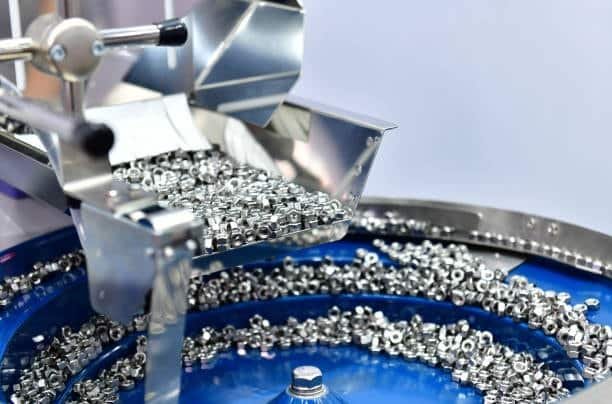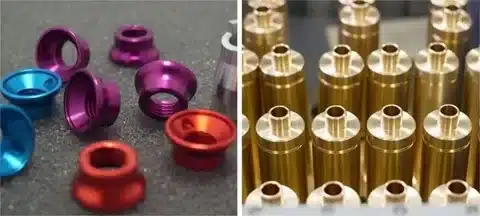Manufacturing of small components is a critical activity in many of the industries including automotive, electronics, aerospace, medical devices, and the consumer goods industry. High quality and precision at small parts are manufacturing critical for reliable, high performance and long life products, especially when producing tight tolerances . While working with minor mechanical components, such as miniature gears and bolting used in sophisticated systems, the small parts manufacture involves precision combined with skilled personnel and their expertise and sophisticated technology.
This article discusses the important machining techniques within the manufacturing process applied in small parts manufacturing, the types of their materials and also the different industries that rely on these methods for providing high-prickly products.
What Is Small Parts Manufacturing?

Small parts manufacturing involves producing small parts of very high accuracy through a careful machining process that serve crucial functions in the larger machines or assemblies. The sizes of these components range from a few millimeters to several centimeters, and they are frequently manufactured from a broad range of materials including metals, plastics, ceramics, and a range of composite materials. And because of their small size, manufacturing these parts often entails innovative approaches in order to overcome high accuracy and surface finish quality demands.
Small parts manufacturing is generally associated with the use of such processes as machining services, molding casting, stamping and laser cutting among others. The technique selected is typically based on machining parameters and such attributes as material type, desired precision level, and specifics of a component fabricated.
Techniques Used in Small Parts Manufacturing
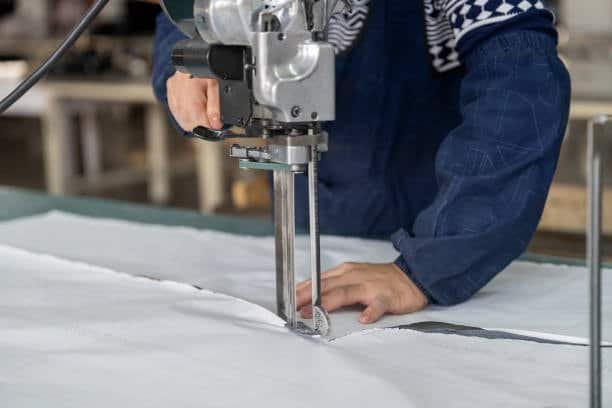
To make small parts with the required accuracy and regularity, a quality management system involves a set of technologies with advanced characteristics. Manufacturers tailor these methods to conform to specific individual parts and design specifications and material specifications.
1. CNC Machining
CNC Machining is one of the major techniques for small, accurate parts. Computer-controlled machines undertake the cutting, shaping as well as finishing of components. As regards to parts with fine feature definition and specific construct requirements, CNC machining is distinguished by the ability to provide high levels of precision and reproducibility.
CNC machines are multi-purpose machining services that can be operated for metals, plastics, and composites and they are widely used in automotive, aerospace, and other industries for common materials , and electronics as a technology. Gears, brackets, mounting plates and housings are examples of popular parts commonly produced using CNC machining.
2. Injection Molding
Injection molding is popular technique to produce large quantities of intricate parts and small plastic parts. The process requires using a cutting tool to force hot plastic into a mold under high pressure to take the shape of the intended product. In the mass production of small parts, it is common to use injection molding because of its high efficiency; focused on components with intricate geometries, which is a characteristic of the injection molding process.
Die casting is applied in electronics, automotive, medical device and consumer products industries in the production of microscopic components. Cases of items manufactured using injection molding include just a few examples like plastic housings include plastic housings, connectors, buttons, and clips.
3. Die Casting
Die casting involves pressurizing molten metal into a mold, and creating a part. Intensely intricate and polished up metal parts can often be manufactured using die casting for small items. Components from non-ferrous metals such as aluminum, zinc, magnesium, and copper produce very good results with die casting.
The die casting process is especially valuable for the automotive and aerospace industries to make small, lightweight, strong-metal components through processes like heat treating . Common die-cast parts include components of engine, gears, brackets and valves, all produced at a competitive price .
4. Stamping and Punching
The process of Stam. These operations usually apply to high volume small metal part production. Because stamping and punching are suitable for components with basic geometry and part complexity , both are widely used to produce washers, clips, brackets, and fasteners.
These processes are regularly used in industries such as automotive, electronics and consumer goods to meet customers’ needs to turnaround high volume production in order to remain competitive of small pieces that are often relevant.
5. Laser Cutting and Etching
Laser cutting is a very precise process where a strong laser is used for cutting or etching materials very well. Laser cutting is excellent in creating intricate shapes or patterns with aesthetic appeal for small parts such as metal tags, wiring harnesses and electronics components.
In different industries like electronics industry, medical devices, and aerospace industry, the reason for using the laser cutting for fine and precise cuts, especially when dealing with large parts is wanted.
Materials Used in Small Parts Manufacturing
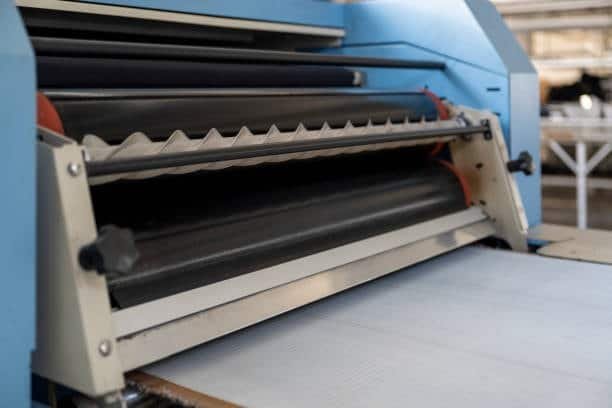
Appropriate selection of materials for small parts manufacturing is of great importance to the property and the way in which the product performs. The materials selection is guided by what the application demands with respect to strength and the use of carbon steel in the business environment , weight, and ability to resist corrosion as well as budget limitations.
1. Metals
Small parts usually are better made of metals because of their inherent strength, durability and wear resistance. Popularly chosen materials such as stainless steel, aluminum, brass, and titanium are appreciated for their high mechanical performance and reliability in adverse surroundings.
- Stainless Steel: The stainless steel because of its high strength and outstanding resistance to corrosion is often used in the manufacturing of medical devices, aerospace parts, as well as automotive components.
- Aluminum: Due to its lightweight and stable performance in corrosive environments, Aluminium is regularly selected for small parts in both aerospace and automotive industries.
- Brass: Brass is prized for its malleability and the fact that it preservers against rust, so it is frequently used in Ay aspects including electrical connectors, cogs, and plumping fittings.
2. Plastics
The flexibility, simplicity of production, and the complex molding characteristics of plastics make them highly suited for the production of small parts with specific finish processes . Various industrial uses are familiar with the use of Delrin, nylon, polycarbonate, and polypropylene materials.
- Delrin: A hard plastic commonly used for gears, bushings, and bearings, the durability of which makes for a strong choice.
- Nylon: Owing to its strength and decent wear resistance, nylon is broadly used in industrial components such as gears, sleeves and washers.
- Polycarbonate: This is a material that goes by the record of transparency and impact resistance and it is used often in electronic housings, optical lenses, and protective shields.
3. Composites
Composites such as carbon fiber and fiberglass are favored due to the strength that they can offer being comparatively light in weight. These kinds of composites are often producing small parts used in aerospace, automotive and sports equipment industries.
- Carbon Fiber: The use of carbon fiber is extremely prevalent in aerospace and automotive parts with higher performance requirements because of its great strength and low weight.
- Fiberglass: In the automotive and marine field, hard parts like chassis traditionally contain fiberglass because it is durable and resistant to corrosion.
Applications of Small Parts Manufacturing

There are a number of industries that rely on small parts manufacturing which uses materials and processes arranged to suit each industry uniquely. Some key applications include: various different types of components required across numerous industries.
1. Automotive Industry
Automotive manufacturers rely on the small parts manufacturing to produce parts and supply necessary elements like brackets, fasteners, gears and even electrical connectors. The quality of these small parts has direct impact in the performance and safety of vehicles.
2. Electronics Industry
Electronic devices, such as smartphones, computers, and medical equipment, depend on important small components, including connectors, switches, encoders and circuit boards to operate effectively and require careful finishing processes .
3. Medical Devices
At the heart of the medical industry are lines of production of little parts that include surgical instruments, implant elements, catheters, and medical devices, which all must come up to the high quality standards.
4. Aerospace Industry
Creditworthy operation of aircraft and spacecraft requires the use of small components such as actuators, valves, bearings and gears.
Conclusion
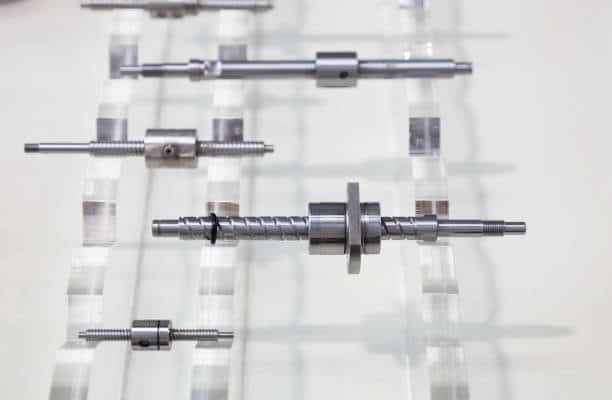
Producing small parts requires a large number of techniques and materials for machining small parts, providing precision and durability in the parts used in various sectors. No matter what the process is for instance CNC machining, injection molding, die casting, or stamping, precision and quality in small parts are key drivers of developments in industries ranging from Automotive to Aerospace to Electronics.
Choosing suitable manufacturing methods and materials enables firms to deliver products which are fit enough to meet the critical performance, precisions, and reliability needs of the competitive world around.

